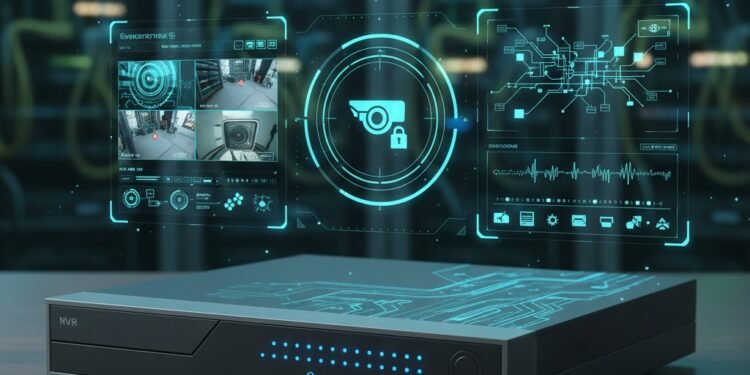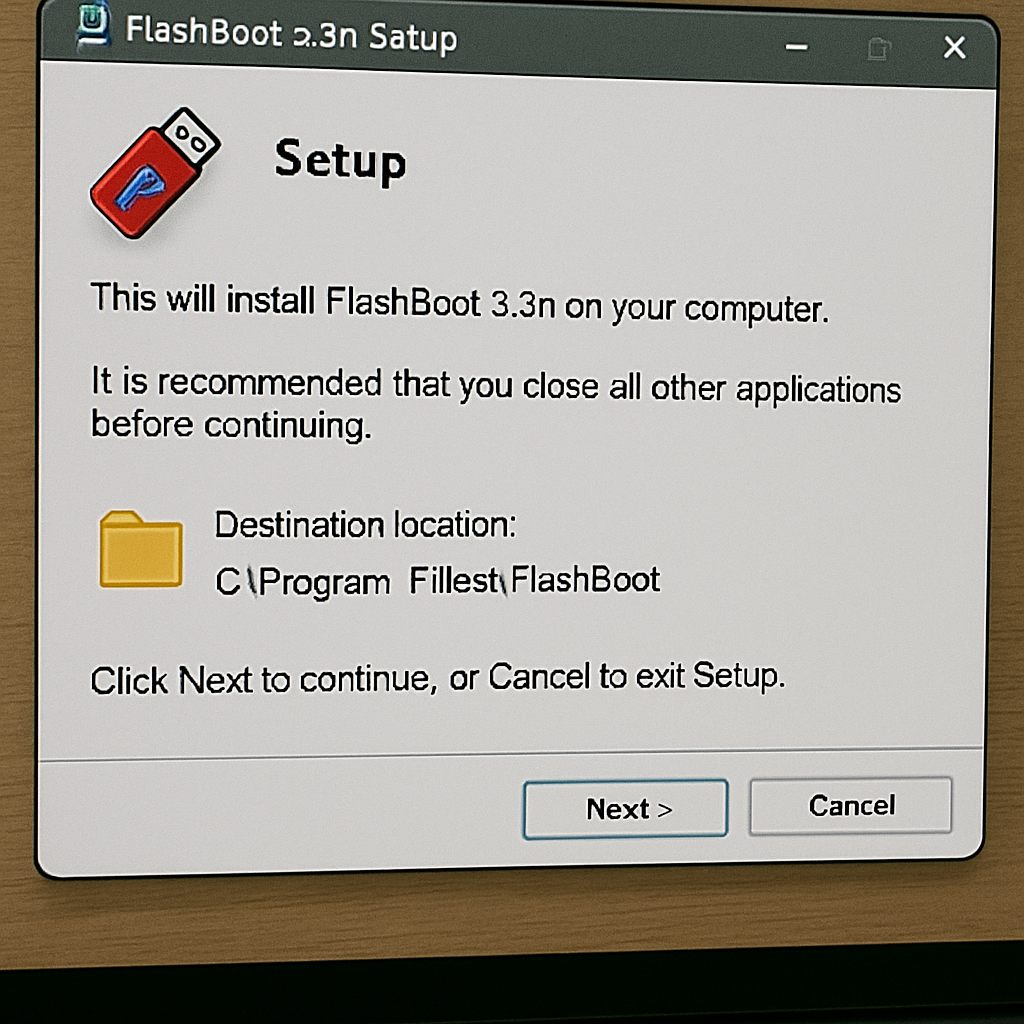Modern security systems rely heavily on video surveillance, and one of the most important components of that setup is the network video recorder. As businesses, homeowners, and institutions continue to upgrade from analog systems to IP-based solutions, understanding how these devices work becomes crucial. Whether you are installing a new surveillance setup or upgrading your existing infrastructure, knowing the features, benefits, and best installation practices can help you get better performance, more reliability, and stronger security coverage.
A network video recorder is more than just a storage box for footage. It is the central brain of an IP surveillance system, responsible for receiving, processing, storing, and managing video streams from multiple network cameras. In this comprehensive guide, we will break down everything you need to know, including essential features, detailed benefits, installation guidance, and tips for maximizing system efficiency.
Introduction to Network Video Recorders
A network video recorder (often abbreviated as NVR) is a digital device designed to record video from IP cameras over a network connection. Unlike traditional DVRs that require coaxial cables and analog cameras, NVRs use Ethernet connections and digital IP-based cameras. This enables higher-quality video, more flexibility, and easier integration with existing network infrastructure.
Businesses and homeowners choose an NVR because it offers more versatility, supports a wider range of camera resolutions, and allows remote management from mobile devices or computers. From small office setups to large-scale security projects requiring dozens of cameras, the NVR is a reliable solution for storing and managing footage in real time.
This article will highlight not only the key features and advantages but also practical installation tips to help you set up your system effectively.
Key Features of a Network Video Recorder
Modern NVR systems come equipped with a wide range of features that enhance the user experience, provide high-quality video, and ensure reliable performance. Below is a breakdown of some of the most important features you should look for.
1. High-Resolution Camera Support
One of the biggest advantages of using an NVR is the ability to support high-resolution cameras. Many systems now handle 4MP, 5MP, 8MP (4K), and even higher resolutions. This allows for clearer recordings, better zoom capabilities, and improved identification of faces, license plates, and objects.
High-resolution support is especially valuable in wide coverage areas such as parking lots, warehouses, or large commercial spaces.
2. PoE (Power over Ethernet) Functionality
Many NVRs include built-in PoE ports. This means the recorder can deliver both power and data to connected cameras through a single Ethernet cable. PoE simplifies installation by eliminating the need for separate power sources for each camera.
PoE NVRs are popular in both residential and commercial settings because they reduce clutter and allow for easy expansion of the security system.
3. Remote Monitoring and Management
Remote access is a standard feature in modern surveillance systems. Users can monitor live video, review recorded footage, and manage system settings from smartphones, tablets, or computers. This is especially beneficial for business owners who travel or homeowners who want to keep an eye on their property when away.
Many network video recorder systems offer secure cloud access, ensuring reliable and protected connections.
4. Multiple Storage Options
NVRs typically allow internal storage through hard drives, usually supporting multiple bays for large capacities. Some high-end models also support:
External USB storage
Network-attached storage (NAS)
Cloud backup
These options help ensure you never run out of storage space and can retain critical footage for extended periods.
5. Motion Detection and Smart Alerts
AI-powered features are becoming increasingly common. Many NVRs work with cameras that offer intelligent video analytics such as:
Human detection
Vehicle detection
Line crossing alerts
Intrusion detection
Object removal alerts
These features allow the system to notify you instantly when suspicious activities occur.
6. Easy Scalability
A good network video recorder can support anywhere from 4 to 64 cameras or more, depending on the model. This scalability is ideal for businesses that plan to grow or expand their facilities. Users can add more IP cameras at any time without replacing the entire recording system.
7. Centralized Control
With an NVR, all cameras can be managed from a single interface. Administrators can:
Adjust camera settings
Update firmware
Monitor health status
Review logs
This centralized management simplifies maintenance and troubleshooting.
Major Benefits of Using a Network Video Recorder
Choosing an NVR has several advantages over older or alternative recording technologies. These benefits make NVRs a preferred choice in modern security systems.
1. Superior Video Quality
Since NVRs work with digital IP cameras, they deliver much clearer footage compared to analog DVR systems. The improved clarity helps with identification and provides better overall surveillance coverage.
2. Flexible Installation Options
NVR setups only require Ethernet cables, which are easier to run and more cost-effective compared to coaxial wires. This flexibility makes installation faster and allows cameras to be placed in more diverse areas, including long-distance network runs.
3. Increased System Reliability
NVRs offer enhanced reliability because they use digital signals that are less prone to interference or signal degradation. Video stays consistent, even across long cable lengths, and footage is stored safely with advanced file systems.
4. Enhanced Security Features
New-generation NVRs include strong cybersecurity protections such as:
Encrypted video streams
Secure login authentication
Firewall features
Automatic firmware updates
These protections help safeguard the entire network from cyber threats.
5. Convenient Remote Access
The ability to check your cameras from anywhere in the world is a major benefit. Whether you are managing a business with multiple locations or monitoring your home remotely, remote access increases convenience and peace of mind.
6. Better Storage Management
With customizable storage options, users can configure:
Recording schedules
Motion-based recording
Overwrite settings
Backup cycles
This ensures efficient use of available space and prevents loss of important footage.
7. Lower Total Cost of Ownership
While the initial cost of an NVR may be higher than a DVR, its long-term value is greater due to higher reliability, easier scalability, better quality, and lower maintenance needs.
Installation Tips for Setting Up Your Network Video Recorder
Proper installation of your NVR system ensures optimal performance, reliability, and long-term functionality. Here are the most important steps and tips to follow when setting up your system.
1. Choose a Central Location for the NVR
Place your NVR in a secure, central location where:
It’s safe from unauthorized access
It has adequate ventilation
Cable runs are manageable
Noise levels are acceptable
A locked cabinet or server room is ideal for commercial setups.
2. Use High-Quality Ethernet Cables
Always use Cat5e, Cat6, or higher-rated cables. These improve network performance and ensure cameras receive stable power and data.
Avoid running cables near high-power electrical equipment to reduce potential interference.
3. Connect Cameras to the NVR or PoE Switch
Depending on your model:
PoE NVRs allow direct camera connections
Non-PoE NVRs require a PoE switch
Ensure each camera receives adequate power and bandwidth. Labeling cables during installation helps with future maintenance.
4. Configure Network Settings Properly
Set up:
Static IP addresses for cameras
Subnet and gateway configurations
DNS settings
Port forwarding (if remote access is required)
Correct network configuration ensures smooth communication between the NVR and cameras.
5. Install and Configure Storage Drives
Before recording, install properly rated surveillance hard drives. Configure:
RAID settings (if supported)
Recording schedules
Storage overwrite behavior
Surveillance drives are designed for 24/7 operation and last longer under constant use.
6. Position Cameras Strategically
For the best coverage:
Avoid direct sunlight
Keep cameras out of reach
Position at angles that capture important areas
Use weatherproof housings outdoors
Strategic placement maximizes visibility and system effectiveness.
7. Set Up Alerts and Smart Notifications
Configure motion detection and AI analytics to reduce false alerts. Set up mobile notifications so you receive immediate alerts for critical events.
8. Test the System Thoroughly
Before relying on the system:
Check each camera’s feed
Test nighttime performance
Verify recording quality
Check remote access
Ensure all cameras are consistently connected
Testing ensures the system functions as intended.
FAQ
1. What is the purpose of a network video recorder?
A network video recorder is used to record, store, and manage video footage from IP cameras over a digital network.
2. How does an NVR differ from a DVR?
An NVR works with IP cameras using Ethernet cables, while a DVR uses analog cameras and coaxial cables. NVRs offer better image quality and more flexibility.
3. Do NVRs work without an internet connection?
Yes. Cameras and the NVR communicate over a local network. Internet access is only needed for remote viewing.
4. Can I expand my NVR system later?
Most NVRs allow adding more cameras as long as the device supports additional channels.
5. Is PoE required for an NVR system?
PoE is not required but is highly recommended because it simplifies installation by providing power and data through a single cable.
6. What type of hard drive should I use?
Use surveillance-rated hard drives designed for 24/7 continual writing. Regular desktop drives are not suitable.
7. Can I access my NVR remotely?
Yes. Most modern NVRs offer mobile apps and web access for remote monitoring.







